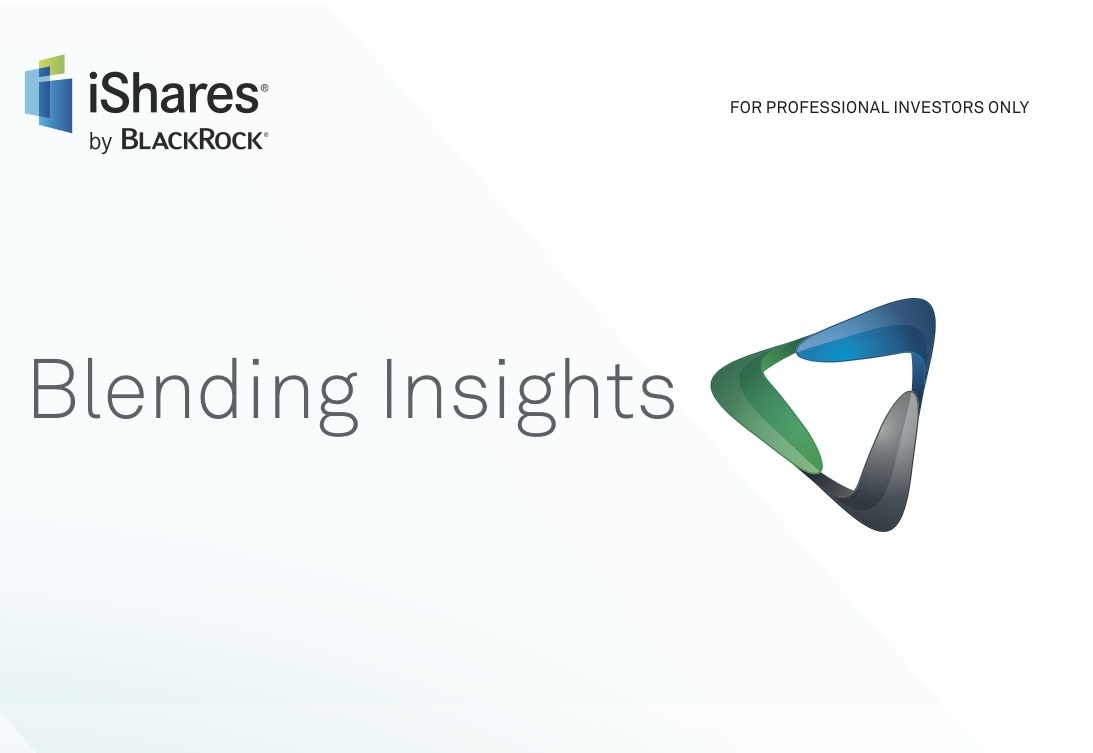
iShares, the ETF provider, today published new European research which suggests that investors are increasingly blending active investment management with indexing.
The research examined how investment professionals were approaching the question of whether and how to blend active management and indexing. It suggests that, at least for larger investors, the active v passive debate is over and many now look to use both investment styles on a regular basis with no style dominating.
The study by the IFP sponsor found that most investors say that the blending of active management and indexing will continue to grow and it is no longer a question of active versus passive, a debate that has long raged in the Financial Planning community.
Some 35 European businesses with combined assets under management (AUM) of approximately 2.4 trillion Euros from across the wealth, discretionary and advisory market place took part in the study to identify how they approach investing as well as the major catalysts and obstacles to blending active and index products.
Three investor identities emerged from the research:
Actively Active: 30% of total respondents focused on generating alpha for clients through stock selection with a high level of conviction in active management.
Embracing Blending: 25% of total respondents are adopting indexing for tactical exposure and moving towards a comprehensive approach to blending.
Agnostic Allocators: 45% of total respondents consider asset allocation as the
key driver and the type of vehicle (be it active or index) used for implementation is a secondary concern.
Client demand, cost, market dynamics and regulation were identified as the key catalysts that have driven changes in the industry so far and are likely to accelerate the pace of blending in the future.
Stephen Cohen, head of investment strategies and insights for iShares, EMEA said: "Indexing, through index mutual funds or ETFs, now accounts for over 11% of assets under management (AUM) in the European asset management industry. This growth has contributed to the increased combination of active management and indexing within blending investment strategies.
"Our findings, however, show there is no single answer to blending. While asset class efficiency was identified as the most common starting point for blending decisions, there are many factors driving current practice, in particular investment philosophy, client demand and the market cycle."
David Gardner, head of iShares sales EMEA, said: "Our clients often ask us how they can use active and index funds together in their portfolios, and unsurprisingly, how their peers are using them too. This deep qualitative research was undertaken to allow investors to identify not only where on the blending scale they currently sit, but where they need to be in the future to maintain a competitive edge.
"The conversation has long since moved on from active vs passive, it is now a question as to what extent investors are incorporating both styles into their portfolios and the drivers that have brought this shift on. As a fiduciary to our clients, we hope to use our research and expertise as a guide on the potential opportunities that blending index and active instruments can present."

